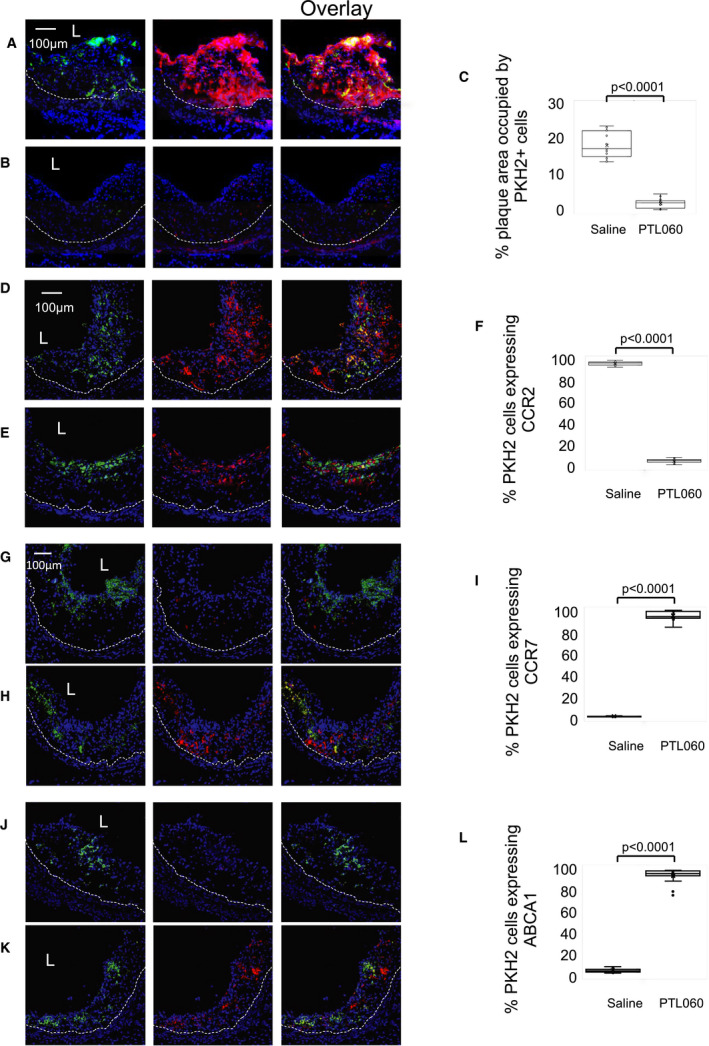Figure 7. Monocyte recruitment and phenotype after systemic PTL060.

Confocal microscopic analysis of 3‐color immunofluorescence images through consecutive sections of aortic roots of ApoE−/− mice, fed a high‐fat diet from 6 to 26 weeks, with mice administered weekly injections of saline or PTL060 as indicated below between weeks 22 to 25. One week after the last injection, mice were injected with PKH2‐labeled CD11b cells (green) and aortic roots harvested 48 hours later. Graphs are a box plot with median with interquartile range with whiskers showing upper and lower limits and outliers indicated as single data points. Means are represented with “x”. Each is derived from a double assessment of each of the 3 aortic root plaques from 3 individual mice. A through C, To illustrate the expression of macrophage migration inhibitory factor (red) after adoptive transfer of BL/6 CD11b+ cells in mice treated with saline (A) or PTL060 (B). C, Illustrates quantitative assessment of the proportion of plaque area occupied by PKH2+ cells. D through F, To illustrate the expression of CCR2 (red) after adoptive transfer of BL/6 CD11b+ cells in mice treated with saline (D) or PTL060 (E). F, Illustrates quantitative assessment of the proportion of PKH2+ cells co‐expressing CCR2. G through I, To illustrate the expression of CCR7 (red) after adoptive transfer of BL/6 CD11b+ cells in mice treated with saline (G) or PTL060 (H). I, Illustrates quantitative assessment of the proportion of PKH2+ cells co‐expressing CCR7. J and K, To illustrate the expression of ATP‐binding cassette transporter – 1 (red) after adoptive transfer of BL/6 CD11b+ cells in mice treated with saline (J) or PTL060 (K). L, Illustrates quantitative assessment of the proportion of PKH2+ cells co‐expressing ATP‐binding cassette transporter – 1. Quantitative comparisons analyzed by repeated measures 2‐way ANOVA. Because multiple comparisons were made from these animals, P<0.007 is statistically significant. ABCA1 indicates ATP‐binding cassette transporter – 1; CCR2, C‐C chemokine receptor type 2; and CCR7, C‐C chemokine receptor type 7.
